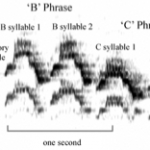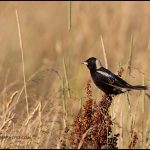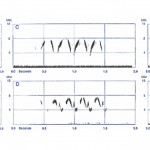This gallery contains 4 photos.
Introduction: The Common Raven is one of the most widespread naturally occurring birds in the world. This raven is widely known for being a scavenger on animal carcasses and human garbage. Native Americans of the Northwest think of ravens as being the … Continue reading







